What is LEV Local Exhaust Ventilation? [2025]
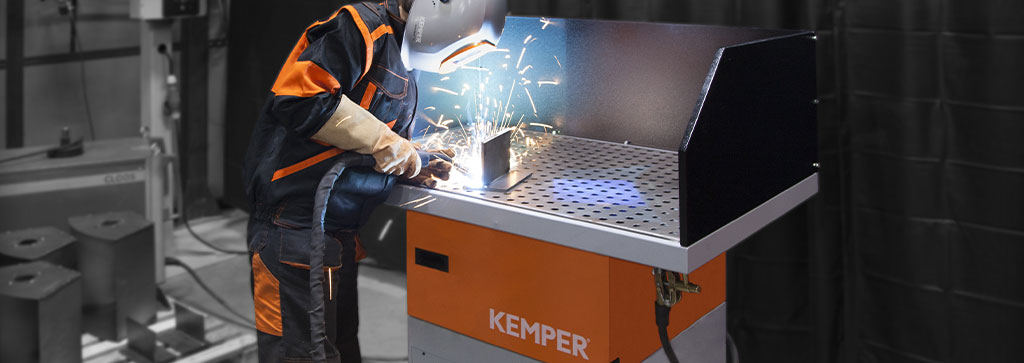
The industry has been aware for several years that the process of welding, cutting and the breathing in of welding fume that is created can be hazardous to the worker’s health. Local Exhaust Ventilation (LEV) is designed to help capture dust, vapours, welding fumes, and other harmful airborne substances at their source – minimising the risk to worker’s health.
In very broad terms, Local Exhaust Ventilation is a system whereby airborne contaminants are drawn away from the source (such as a welding tip) through a vacuum-based extraction system. The contaminated air is then filtered to remove harmful substances and then either exhausted outside to the atmosphere or returned (in a safe state) to the work area.
LEV can come in various forms from a central extraction system with a complex system of ducting and exhaust extraction arms going to every workstation, right down to a fume-on-gun system coupled with a mobile filter unit. Metal Fabrication Supplies and our partner Kemper, will work with you to identify what is the most suitable, cost-effective, and reliable solution for your workplace.
What is so hazardous about welding fumes?
Nearly all welding and cutting processes undertaken will produce varying amounts of fume, which are made up of very fine particulates. 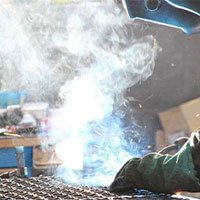
These particulates are formed once a metal is heated beyond its boiling point and then forms a vapour. This vapour then condenses once it encounters the cooler atmosphere and creates very fine particulates, still often referred to as fume. These particulates can be so fine that they fall into a category which is known as nanoparticles. They can range in size from between 1 to 100 nanometres.
To give some idea of the physical size of a nanoparticulate: 1 millimetre = 1,000 micrometres and 1 micrometre / 1µm = 1,000 nanometres. Nanoparticles are extremely dangerous because they can pass through the natural defences of the cilia found in the nasal passage and respiratory tract, into the lungs, passing through the thin membranes of the alveoli and air sacs and finally into the bloodstream. Once into the bloodstream they can then travel to the brain and could potentially cause damage to the brain and nervous system.
Due to their physical size Nanoparticles are undetectable by the human eye and can remain suspended in the atmosphere for considerably long periods, in many cases employers and employees are unaware that they are being exposed to these hazardous. During the welding process, in particular, the particulates are generally made up of elements from the welding consumable and the actual materials being welded. Carcinogenic substances such as Cadmium, Chromium and Nickel can be present, along with substances such as Silicates, Iron oxide, Aluminium, Magnesium and Titanium di-oxide which are all extremely harmful to the lungs and nervous system.
What does local exhaust ventilation mean?
Local exhaust ventilation systems take microscopic particles of contaminants, such as welding fumes, from the workplace air preventing workers from breathing potentially carcinogenic fumes. The contaminated air then gets filtered and returned to the atmosphere.
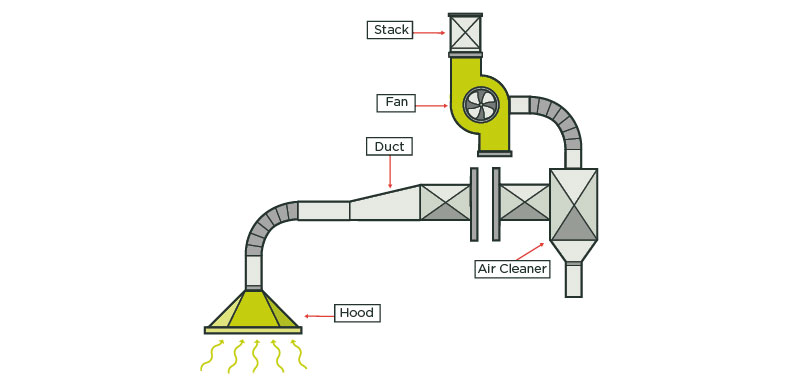
Back in February 2019 the Health and Safety Executive released a safety alert about the health risks of welding fume and recommended a range of action points to consider.
- Whenever possible welding fume exposure should be eliminated by introducing alternative materials or engineering processes, such as cold joining processes, mechanical fasteners, or structural adhesive technologies.
- You should adopt welding processes and consumables that can help to minimise the amount of welding and fume being generated.
- If welding fume exposure cannot be eliminated, then the introduction of a local exhaust ventilation (LEV) system should be introduced.
- When a LEV system alone is not adequate to eliminate the exposure, then RPE (Respiratory Protection Equipment) should also be introduced.
- Ensure an effective Respiratory Protective Equipment (RPE) management programme. This should consider all the elements or RPE use and should ensure the RPE is effective in protecting the wearer under all normal operating circumstances.
Where do I need local exhaust ventilation?
In April 2021, the HSE published the document, Welding, hot work, and allied processes – WL3 – Welding fume control. https://www.hse.gov.uk/pubns/guidance/wl3.pdf This document describes the good control practices required when performing welding processes such as Manual Metal Arc (MMA) Flux Cored Arc (FCA), Metal Inert Gas (MIG) Metal Active Gas (MAG) Tungsten Inert Gas (TIG) Gas Welding and Resistance Spot welding. To give some clearer guidance to employers and employees, the HSE has broken down possible exposure to welding fumes into four simple categories.
- High-Intensity Welding. These are areas where welding is carried out throughout a shift, and where the welder has an arc time of greater than 1 hour per shift.
- Low Intensity Welding. This is an environment where each welder has an arc time of less than 1 hour per shift.
- Regular Welding. Can be either daily or weekly at any intensity, but is also instrumental to the business activity.
- Sporadic welding. This is carried out less than once per week and is not a core activity of the business and can be difficult to plan for. An example may be repair or maintenance work.
What are the different types of LEV location exhaust ventilation?
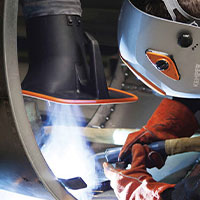
For almost all the welding activities above (which are carried out indoors) the HSE have recommended the use of an effective Local Exhaust Ventilation (LEV) system.
LEV systems should be designed and engineered so that they capture the particulates, dust, vapours, and ozone at their source, thus minimising the risk of the workforce being exposed to the possibility of contaminated air.
LEV systems will generally made up of five key components.
- A hood or nozzle is positioned close to the source where the contaminant is captured into the LEV.
- A Ducting which can be either flexible or straight pipework channels contaminated are to the specific exhaust point.
- A filter if it is not practical to exhaust the contaminated air straight out into the atmosphere.
- The fan and motor that draws the contaminated air through the extraction system.
- The exhaust point is where extracted air is released into a safe place.
What is the cost of local exhaust ventilation?
To ensure compliance with the latest HSE recommendations, many employers were forced into quickly purchasing LEV equipment to protect the health of the workforce. Unfortunately, two years on, some companies have been left with a LEV system that just do not work, or they are proving to be extremely expensive to run and maintain.
This may have been caused because it was the wrong type of LEV for the application, it was not properly installed and maintained, or simply the operators had not been fully trained in the correct use of the equipment.
Irrelevant of the manufacture and to comply with the HSE guidelines all LEV systems installed require a statutory ‘thorough examination and test’ (TExT) at least once every 14 months.
Why choose Metal Fabrication Supplies to fulfil your LEV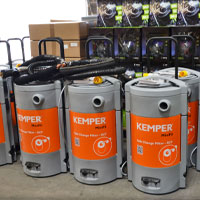 demands?
demands?
Metal Fabrication Supplies are well positioned to fulfil the demands and needs of our customers (and potential customers) LEV requirements from the recommendation, design, Installation, commissioning, maintenance, examination, and testing. We are a supply partner with Kemper one of the market leaders in the field of extraction and filtration technology in the metalworking industry.
The range of LEV extraction solutions available includes General Ventilation Systems, Mobile Filter Units, Stationary Extraction Systems, Central Extraction Systems, High-vacuum Extraction for Fume on torch applications, Exhaust Arms and Fans, plus Extraction and Cutting Tables.
We have already worked extremely closely with Kemper on many bespoke projects in the UK ensuring our customers have systems that do work, they are fully compliant and a backup service in the future.
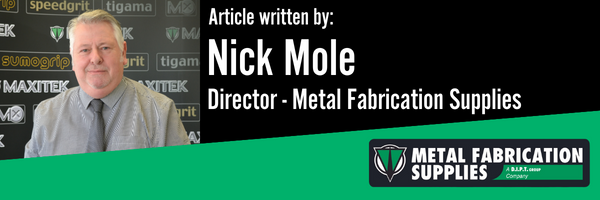
For any further information about LEV products or testing or to arrange a free on-site LEV audit – contact us by simply filling out the request form below.
*Required.

